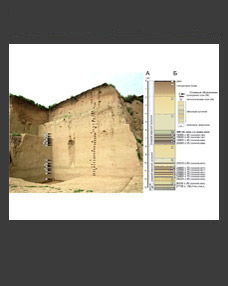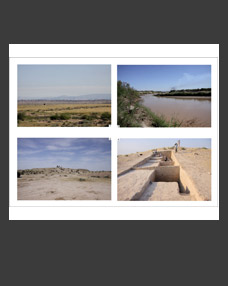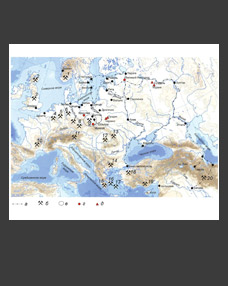Tatiana V. Lobanovaa,b,#, Olga P. Bachuraa,b,##, Nikolay V. Martynovichc,###, Georgy P. Vizgalovb,d,####, Inna V. Slesarenkoe,#####
aInstitute of Plant and Animal Ecology, Ural Branch RAS, Yekaterinburg, Russia
bSurgut State University, Surgut, Russia
cMuseum of the World Ocean, Kaliningrad, Russia
dInstitute of Archaeology and Ethnography, Siberian Branch RAS, Novosibirsk, Russia
eInstitute of Archaeology of the North, Nefteyugansk, Russia
#E-mail: lota_64@mail.ru
##E-mail: olga@ipae.uran.ru
###E-mail: martynovichn@mail.ru
####E-mail: vizgalovgp@mail.ru
#####E-mail: sliesarenko.inna@yandex.ru
Keywords: Western Siberia, Russian population, bone remains, birds, hunting activity.
Based on the evidence from osteological collection of birds (over 7,000 specimens), the hunting of game by the population of the town of Berezov in Modern period was reconstructed. The study identified species composition of game birds and conducted an analysis of the ratio of skeletal elements, fragmentation of bones, and external influences. The main purpose of bird hunting was to obtain an additional source of meat for the population of the town. Over time, the relative significance of poultry in the diet of the urban population decreased, but the intensity of game hunting remained constantly high. The game was hunted all year round. Spring-summer hunting for waterfowl was a dominant type. In winter, they hunted mainly for wood grouse and ptarmigan. Based on the average weight of each species, the authors calculated the potential amount of meat that can be obtained from the hunting for the three main groups of birds. It is shown that in the cold season, the supply of additional meat products from bird hunting decreased almost threefold compared with the spring-summer time.
DOI: 10.31857/S0869606323030145, EDN: ZBYUQA







